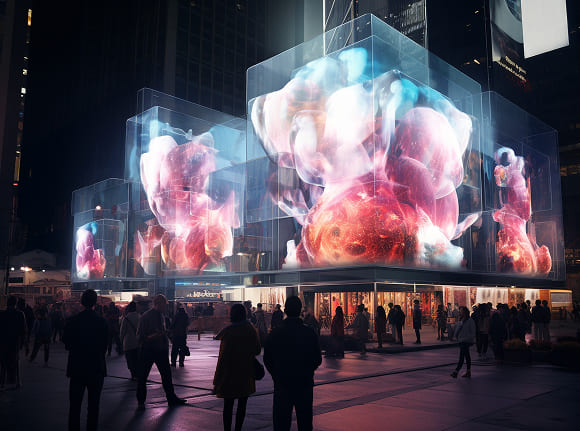Topics
Let's be real - nobody wakes up excited to read another banner ad or marketing email. But create an experience where someone becomes a 3D hologram, stops time with freeze-motion technology, or transforms into their superhero alter-ego through AI? Now you've got their attention. And here's the kicker: 85% of consumers are more likely to purchase after participating in a brand experience, making experiential marketing one of the most effective strategies in your arsenal.
That's the magic of experiential marketing, and if you're running an event marketing agency in 2025, it's no longer optional - it's the difference between creating events people attend and experiences people can't stop talking about.
What Actually Is Experiential Marketing? (The No-BS Definition)
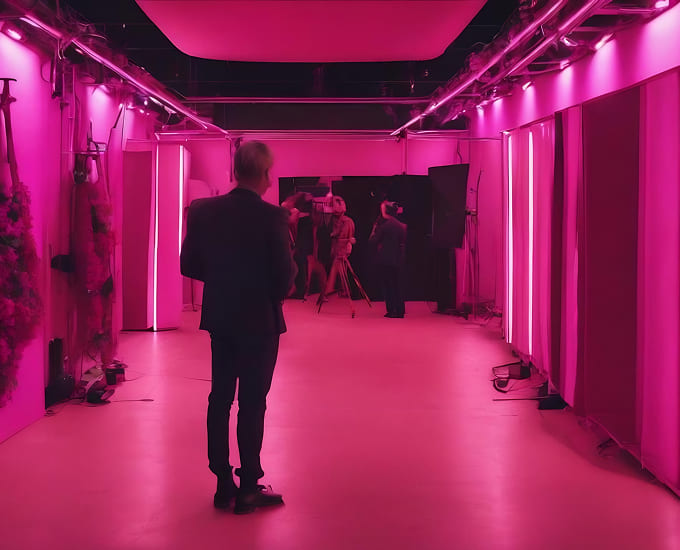
Experiential marketing is the art and science of creating immersive, interactive brand experiences that make people feel something, do something, and share something. It's marketing that doesn't feel like marketing because participants are too busy having their minds blown to realize they're being marketed to.
Think of it as the opposite of interruption marketing. Instead of forcing your client's message in front of people, you're creating moments so compelling that people literally line up to engage with the brand. The brand becomes the experience, and the experience becomes the story they tell.
But here's where it gets interesting for agencies - experiential marketing isn't just about creating Instagram moments (though those certainly don't hurt). It's about engineering experiences that deliver measurable results: qualified leads, social amplification, brand recall, and ultimately, ROI that makes your clients want to triple their event budget.
Why Traditional Marketing is Losing the Battle for Attention
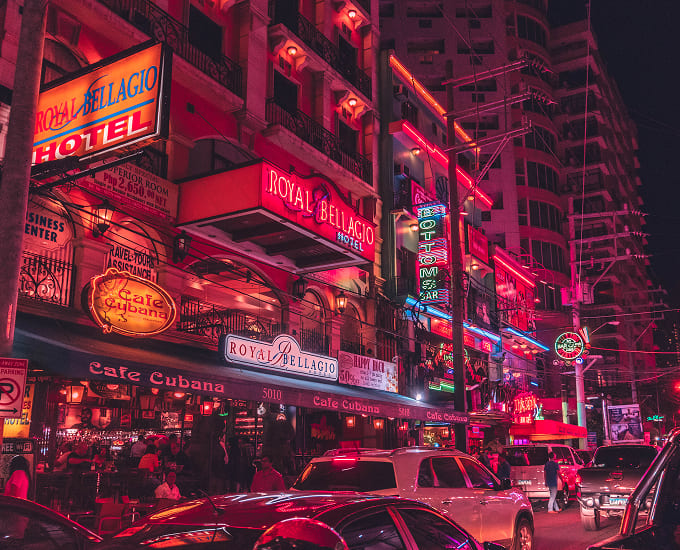
Your clients are competing in an attention economy where the currency is increasingly scarce. While the exact number is debated, research suggests people are exposed to anywhere from 4,000 to 10,000 advertising messages daily. They've developed supernatural abilities to ignore ads, skip pre-rolls, and mentally filter out anything that looks, sounds, or smells like traditional marketing.
Meanwhile, event attendees have evolved. They don't just want to attend conferences or trade shows - they expect to be entertained, surprised, and given something worth sharing. They want experiences that make them look interesting to their networks. They want stories, not sales pitches.
This shift has created a massive opportunity for forward-thinking agencies. While others are still handing out branded pens and hoping for the best, you can be creating experiences that literally stop people in their tracks.
The Psychology of Why Experiences Beat Everything Else
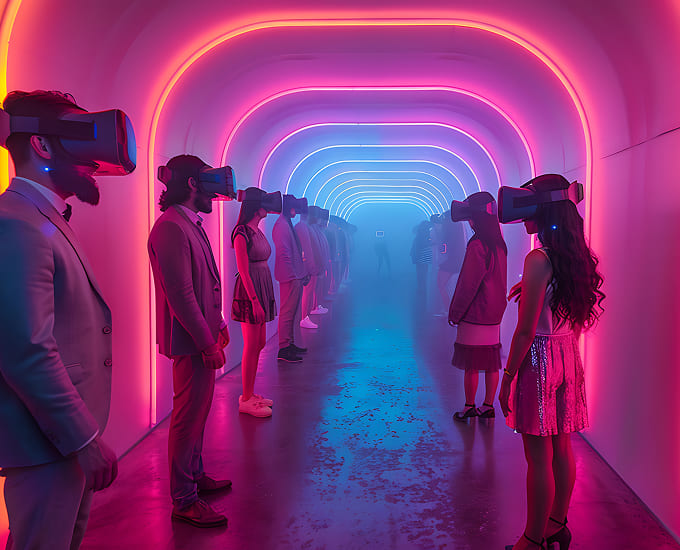
Here's something wild: our brains are literally wired to remember experiences better than facts. It's called episodic memory, and it's why you can probably remember exactly where you were during major life events but can't remember what you had for lunch last Tuesday.
When someone participates in experiential marketing - whether they're stepping into a multi-camera array that captures them from 50 angles simultaneously or watching themselves transformed by AI into a Renaissance painting - they're not just observing a brand message. They're living it.
This creates what neuroscientists call "embodied cognition" - the idea that our bodies and physical experiences shape how we think and feel. When someone physically interacts with a brand experience, they're exponentially more likely to form positive associations and, crucially, to remember those associations when making purchasing decisions.
But here's the kicker for agencies: experiences also trigger social sharing at unprecedented rates. According to multiple industry studies, 91% of consumers have more positive feelings about brands after attending events and experiences. Try getting that from a Facebook ad.
The Different Flavors of Experiential Marketing (And When to Use Each)
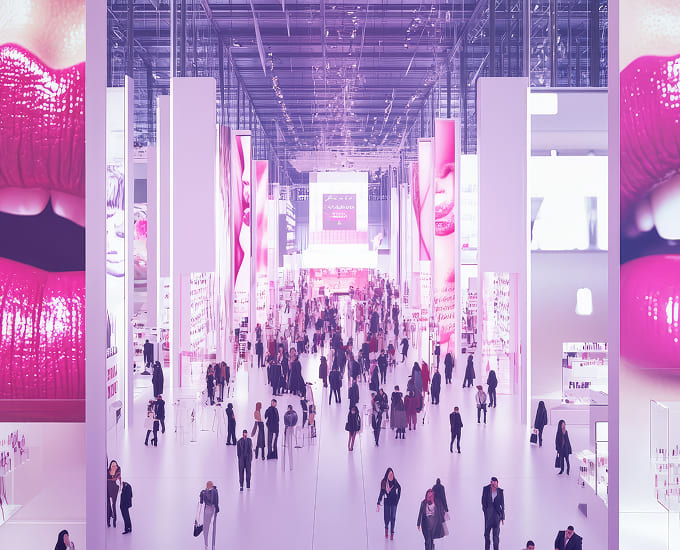
Pop-Up Experiences: The Gateway Drug
Pop-ups are the experiential marketing equivalent of a first date - relatively low commitment but with massive potential if you nail the execution. They work because they combine scarcity (limited time) with novelty (unexpected location or concept).
When to use them: Product launches, market testing, building buzz in new geographic areas, or when you need flexibility to move between locations.
Level up tip: Add technology like 360-degree cameras or AR mirrors to transform a simple pop-up into a must-visit destination.
Immersive Brand Environments: The Full Send
These are complete environmental takeovers where every surface, sound, and scent is designed to transport visitors into the brand's world. Think less "booth at a trade show" and more "portal to another dimension."
When to use them: Major industry events, flagship store openings, or when the budget and brand story justify going all-out.
Level up tip: Layer in multiple capture points - entry experience, main activation, and exit surprise - to maximize content creation and data capture.
Interactive Installations: The Crowd Magnets
These are the experiences that create spontaneous crowds because people can't help but stop and watch. Multi-camera arrays that create bullet-time effects, LED walls that respond to movement, or AI-powered experiences that transform participants in real-time.
When to use them: Trade shows where you need to compete for attention, festivals where social sharing is peak, or any event where drawing a crowd creates valuable social proof.
Level up tip: Design for both participants and spectators. The best installations are just as engaging to watch as they are to experience.
Sampling and Demo Experiences: The Trojan Horse
Product sampling isn't new, but wrapped in experiential packaging, it becomes something entirely different. Instead of someone handing out samples, imagine a freeze-motion booth where participants can capture themselves mid-taste, creating shareable content that includes the product naturally.
When to use them: CPG brands, food and beverage launches, or any product where trial drives purchase.
Level up tip: Create a narrative around the sampling. Don't just give away product - create a mini-experience that tells a story.
Virtual and Hybrid Experiences: The New Frontier
The pandemic didn't kill events - it evolved them. Now, experiential marketing includes virtual components that extend reach beyond physical attendees. AR filters, virtual event platforms with gamification, and hybrid experiences that connect in-person and remote participants.
When to use them: When you need to maximize reach, include remote stakeholders, or extend the life of a physical experience.
Level up tip: Design virtual components that complement, not compete with, physical experiences. Think of them as extending the experience, not replacing it.
The Tech That's Changing the Game (And Making You Look Like a Genius)
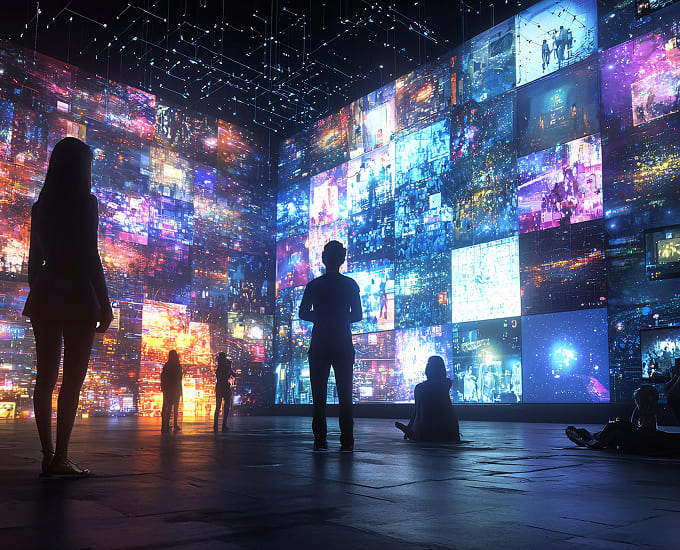
Multi-Camera Arrays: The "How Did They Do That?" Effect
Remember the Matrix bullet-time scene? That technology is now accessible for events, and it's an absolute showstopper. Using 20-50+ synchronized cameras, you can capture participants from every angle simultaneously, creating content that's impossible to ignore.
We're not talking about your standard photo booth here. This is technology that makes people stop mid-scroll and ask "Wait, how is that even possible?" It's the kind of activation that has people calling their friends over and creating organic crowds that amplify the experience.
AI-Powered Transformations: The Personalization Play
AI isn't just for chatbots anymore. The latest AI photo technology can transform participants into anything - superheroes, historical figures, animated characters, or artistic styles - in real-time. But here's what makes it brilliant for experiential marketing: every transformation is unique to that individual.
This isn't a filter that everyone uses. It's a personalized piece of content that participants can't get anywhere else. And because it's AI-powered, you can align the transformations perfectly with brand messaging without it feeling forced.
360-Degree Capture: The Viral Video Machine
360-degree video booths create dynamic, shareable content that performs incredibly on social media. Participants step onto a platform, strike a pose or perform an action, and a camera rotates around them capturing slow-motion video that makes everyone look like they're in a music video.
The genius is in the simplicity - anyone can do it, everyone looks good, and the output is optimized for social sharing. Add custom overlays, branded elements, and music, and you've got content that participants actually want to share.
Augmented Reality: The Reality Bender
AR technology lets you add digital layers to physical spaces without the need for bulky headsets. Point a phone at a specific trigger, and suddenly the boring conference hall transforms into an underwater world, a space station, or whatever fits the brand narrative.
The beauty of AR for experiential marketing is that it extends the experience beyond the physical footprint. Attendees can access AR experiences before, during, and after the event, creating multiple touchpoints and extending engagement.
Real-Time Data Visualization: The Engagement Tracker
Imagine experiences that respond to collective participation - walls that change color based on sentiment analysis, installations that grow or evolve based on interaction levels, or competitions that display real-time leaderboards. This technology turns passive attendees into active participants.
How to Sell Experiential Marketing to Your Clients (Without the Hard Sell)

Let's face it - experiential marketing requires bigger budgets than traditional tactics. But here's how to frame it so clients understand the value:
The Cost-Per-Meaningful-Interaction Argument
Sure, you could reach 100,000 people with digital ads for the same budget as a single experiential activation. But how many of those 100,000 will remember the brand tomorrow? How many will tell friends about it? How many will create content featuring the brand?
When you calculate cost-per-meaningful-interaction, experiential marketing often outperforms every other channel. Research shows that 74% of consumers say engaging with branded event marketing experiences makes them more likely to buy the products being promoted.
The Content Generation Machine
One experiential activation can generate thousands of pieces of user-generated content. That's authentic, diverse content that the brand can use across all channels for months. Try pricing out a photo shoot with thousands of real people showing genuine excitement about a brand - suddenly, the experiential budget looks like a bargain.
The Data Capture Goldmine
People willingly give their contact information when they're having a great experience. According to industry research, 37% of marketers track data points collected from consumers as a key metric, with 34% specifically tracking marketing opt-ins. Compare that to the average conversion rate of 6.96% for search ads or less than 1% for display ads, and the value becomes clear.
The Halo Effect
Experiential marketing makes every other marketing channel work better. Social campaigns get authentic content. PR gets interesting stories. Sales gets warm leads who already have positive associations. Digital gets first-party data for retargeting. It's the rising tide that lifts all boats.
Measuring Success: The Metrics That Actually Matter
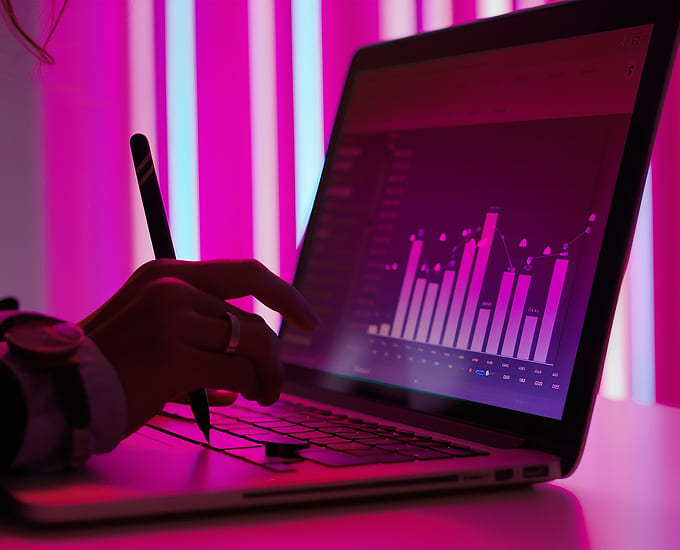
Gone are the days when experiential marketing success was measured in "good vibes" and estimated foot traffic. Today's experiential campaigns can be measured with the same rigor as any digital campaign.
Immediate Metrics
- Participation Rate: What percentage of event attendees engaged with the experience?
- Dwell Time: How long did people spend in the experience?
- Capture Rate: How many photos/videos/pieces of content were created?
- Data Collection Rate: What percentage provided contact information?
- Social Sharing Rate: How many participants shared content?
Amplification Metrics
- Social Reach: Total potential views from all shares
- Engagement Rate: Likes, comments, and reshares of experiential content
- Hashtag Performance: Branded hashtag usage and reach
- Earned Media Value: PR and media coverage generated
- Influencer Participation: Organic influencer engagement and reach
Business Impact Metrics
- Lead Quality Score: How qualified are the captured leads?
- Sales Pipeline Influence: Revenue influenced by experiential touchpoints
- Brand Lift Studies: Pre/post event brand awareness and sentiment
- Cost Per Acquisition: Total investment divided by customers acquired
- Return on Experience (ROE): Total value generated divided by investment
According to research, 79% of marketers generate sales through experiential marketing events, making it one of the most effective channels for driving revenue.
Common Experiential Marketing Fails (And How to Avoid Them)
.jpg)
Gone are the days when experiential marketing success was measured in "good vibes" and estimated foot traffic. Today's experiential campaigns can be measured with the same rigor as any digital campaign.
Fail #1: Technology for Technology's Sake
Just because you can use holograms doesn't mean you should. Every piece of technology should serve the story and enhance the experience, not complicate it.
The Fix: Start with the objective and work backward. What do you want participants to feel, do, and remember? Then choose technology that amplifies those outcomes.
Fail #2: Forgetting About the Spectator Experience
Many experiential activations focus only on participants, missing the opportunity to engage the crowd that naturally forms around compelling experiences.
The Fix: Design experiences that are just as interesting to watch as they are to participate in. Add live displays, spectator photo ops, or ways for the crowd to influence the experience.
Fail #3: One-and-Done Syndrome
Creating an amazing experience that lives only in that moment is a missed opportunity. The best experiential marketing extends before and after the live event.
The Fix: Build pre-event buzz with teasers and exclusive previews. Create post-event content programs that keep the experience alive. Give participants reasons to revisit and reshare their content.
Fail #4: Overcomplicated User Journey
If participants need a manual to engage with your experience, you've already lost. The best experiential marketing feels effortless and intuitive.
The Fix: Follow the "grandma test" - could your grandma figure out how to participate? Simplify the user journey and add staff to guide participants when needed.
Fail #5: Ignoring Cultural Context
What works at Coachella might bomb at a corporate conference. Understanding the audience and cultural context is crucial for experiential success.
The Fix: Research not just the demographic but the psychographic of your audience. What are their values, interests, and social behaviors? Design experiences that align with their worldview.
The Future of Experiential Marketing (Spoiler: It's Already Here)
.jpg)
Persistent Digital Layers
Physical experiences will increasingly have digital twins that live on after the event. Imagine capturing someone in a multi-camera array at a trade show, then letting them access and share new versions of that content for months afterward.
AI-Powered Personalization at Scale
AI will enable experiences that adapt in real-time to each participant. Not just in terms of content creation, but entire experience paths that adjust based on preferences, behavior, and even mood.
Sustainability-First Experiences
Brands are under pressure to reduce environmental impact. Expect to see more experiences that use projection mapping instead of physical builds, digital keepsakes instead of swag, and modular designs that can be reused and reconfigured.
Micro-Experiences Everywhere
Not every experiential activation needs to be a massive production. We'll see more brands deploying smaller, nimbler experiences that can pop up anywhere - from office lobbies to coffee shops to street corners.
The Metaverse Merger
As virtual worlds become more sophisticated, experiential marketing will expand beyond physical and into persistent virtual spaces. But the principles remain the same - create experiences that are worth having and sharing.
Your Experiential Marketing Action Plan
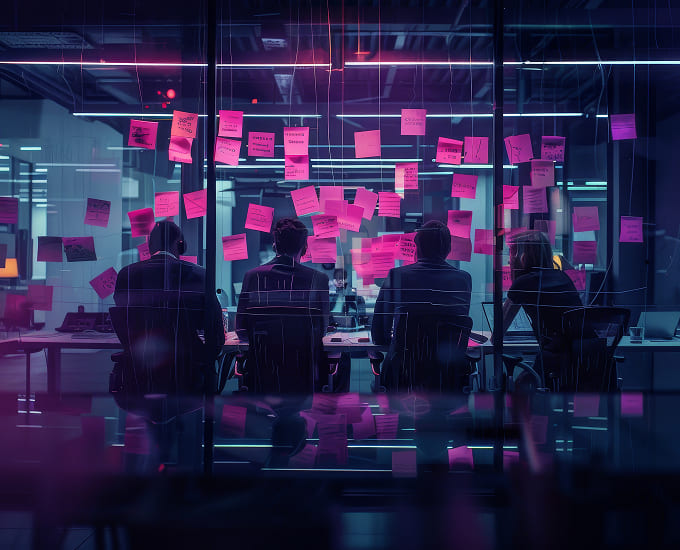
Ready to level up your agency's experiential game? Here's your roadmap:
Week 1-2: Audit and Educate
- Assess your current experiential capabilities
- Identify technology partners and vendors
- Create an experiential marketing presentation for your team
- Start collecting case studies and inspiration
Week 3-4: Pick Your Battle
- Choose one client who would benefit from experiential
- Identify their next event opportunity
- Develop 3 experiential concepts at different budget levels
- Create mockups and visualization tools
Week 5-6: Test and Learn
- Pitch the concepts to your client
- Start with a pilot program if they're hesitant
- Document everything - what works, what doesn't
- Capture success metrics religiously
Week 7-8: Scale and Systematize
- Create templates and processes from your learnings
- Build case studies from your pilot
- Train your team on experiential best practices
- Develop partnerships with technology providers
Why Capture Pod is Your Secret Weapon for Experiential Marketing Success
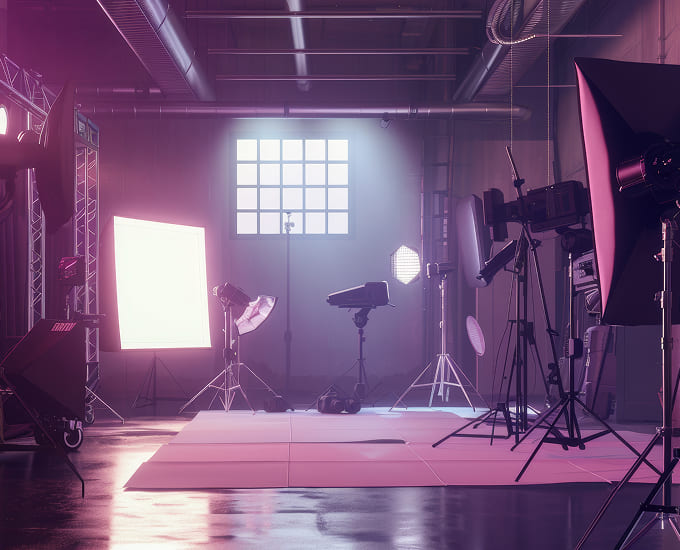
Here's the truth - in a world where attention is the scarcest commodity and traditional marketing is increasingly ignored, experiential marketing isn't just another arrow in your quiver. It's becoming the bow itself.
But here's what separates agencies that crush it from those that struggle: having the right technology partner. You need more than just another photo booth vendor. You need a partner with the advanced technology, reliability, and scale to transform your creative vision into experiences that deliver measurable results.
What Makes Capture Pod Different
Technology That Actually Stops People in Their Tracks
While others offer basic photo booths, we bring Hollywood-level technology to your events:
- Multi-camera arrays (Capture Scope) that create bullet-time effects using 20-120 synchronized cameras
- 3D freeze-motion technology that literally stops time
- AI-powered experiences (Capture Halo) that transform participants in real-time
- 360-degree capture (Capture 360) that creates viral-worthy content
- Professional roaming capture (Capture Crew) that ensures no moment is missed
Built for Agencies, Not Just Events
We've spent 10+ years working with event marketing agencies, so we understand what you actually need:
- White-label solutions that make you look good
- Reliable technology that won't fail at crucial moments
- Scalable deployment for multi-city activations
- Real-time analytics and data capture integration
- Technical support that has your back
The Complete Experiential Toolkit
From intimate VIP experiences to massive festival activations, we've got you covered:
- Capture Pod: Fully enclosed booths for premium brand experiences
- Capture Live: Professional studio setups for high-quality portraits
- Capture Video: Immersive video experiences with instant editing
- Capture Story: Testimonial and confessional video booths
- Capture Runway: Green screen experiences that transport participants anywhere
- Capture Licensing: Software solutions for agencies wanting to run their own operations
The Capture Pod Advantage for Agencies
Proven ROI for Your Clients
- Generate thousands of pieces of authentic user-generated content
- Capture qualified leads with integrated data collection
- Create social amplification that extends beyond the event
- Deliver measurable results that justify bigger budgets
Support That Makes You Look Like Heroes
- Pre-event consultation and planning
- On-site technical support
- Post-event analytics and reporting
- Custom branding and integration options
Scale Without the Headaches
- Deploy across multiple events simultaneously
- Consistent quality regardless of location
- Modular solutions that adapt to any venue
- Nationwide coverage without logistics nightmares
Ready to Dominate Experiential Marketing?
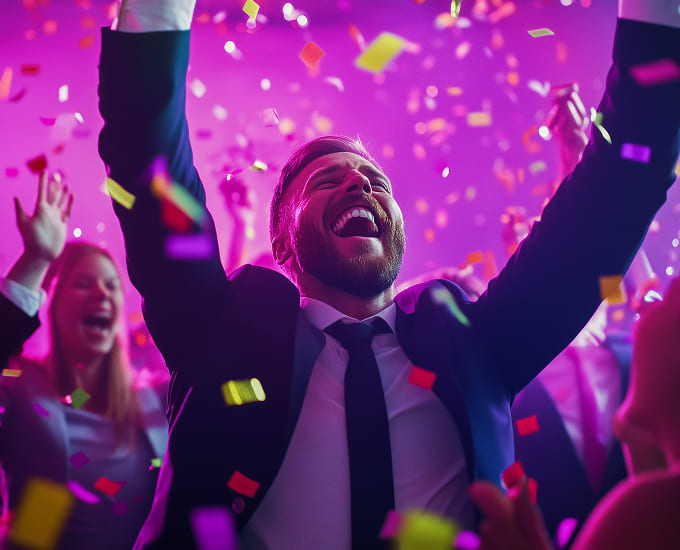
The statistics don't lie - 91% of consumers feel more positive about brands after experiences, and 79% of marketers generate sales through experiential marketing.
But having the right strategy is only half the battle. You need the technology and support to bring your vision to life. That's where we come in.
With Capture Pod as your experiential technology partner, you're not just renting equipment - you're gaining a competitive advantage that helps you:
- Win bigger clients with more sophisticated capabilities
- Execute flawlessly at scale
- Deliver measurable ROI that keeps clients coming back
- Stand out in a crowded agency landscape
Let's Create Something Extraordinary Together
Whether you're planning your first experiential activation or looking to level up your current offerings, we're here to help. Our team has powered thousands of successful experiences for agencies just like yours.
Ready to see how Capture Pod can transform your experiential marketing capabilities? Let's talk about your next project and how we can help you create experiences that don't just capture attention - they capture hearts, minds, and measurable results.
Schedule a consultation | View our portfolio | Download our agency guide
Because at the end of the day, people might forget what you said, they might forget what you showed them, but they'll never forget how you made them feel. And with Capture Pod's technology, those feelings turn into followers, fans, and lifelong customers.







